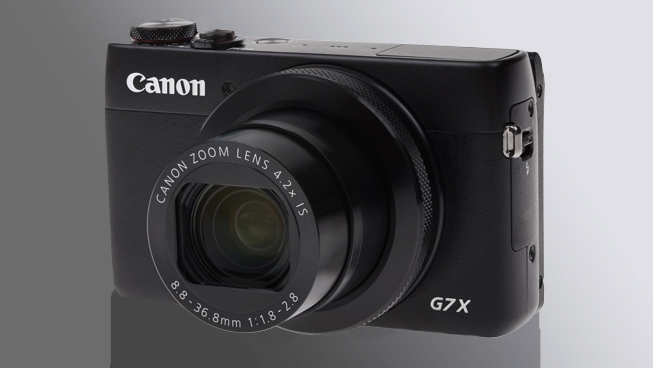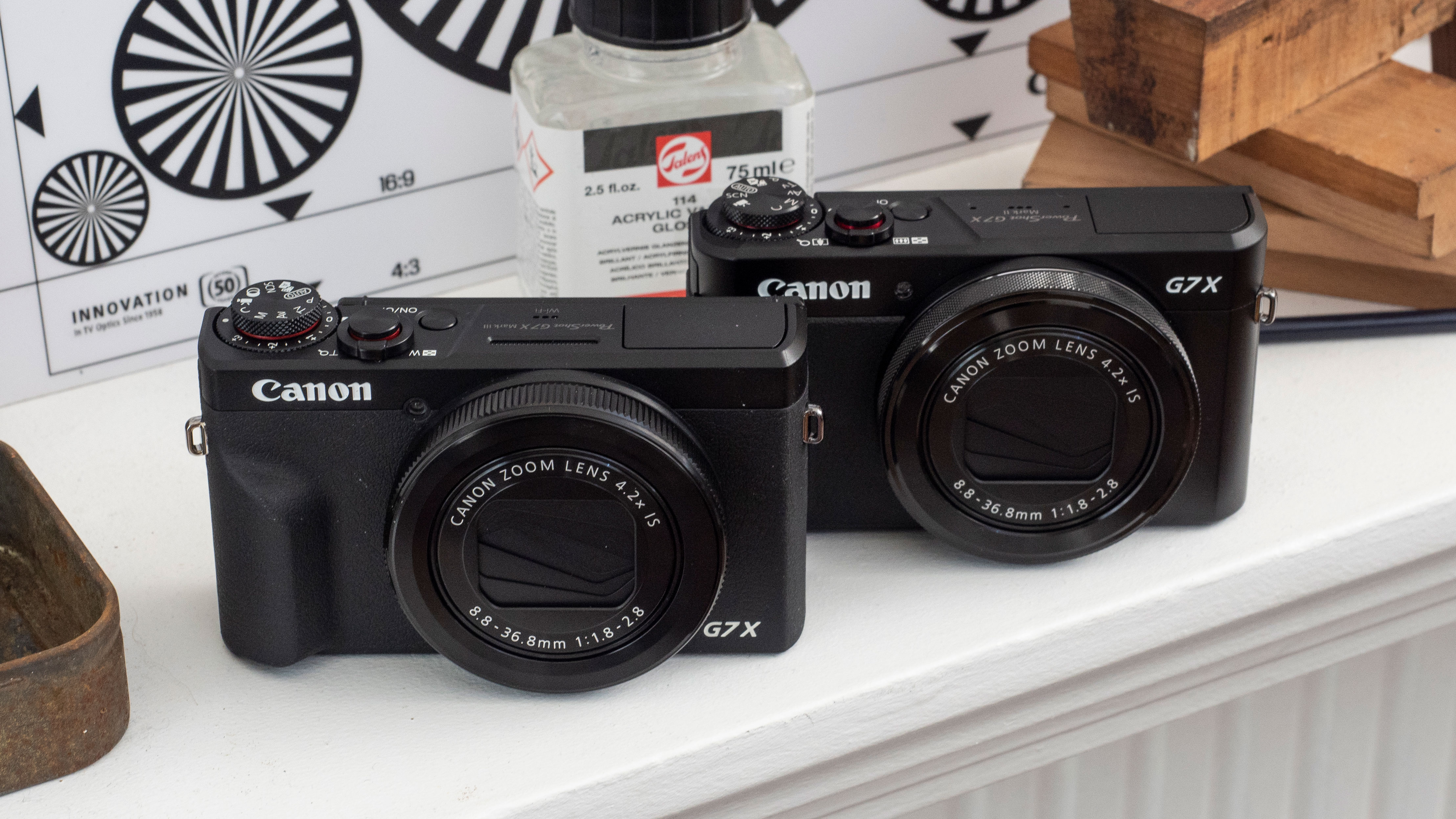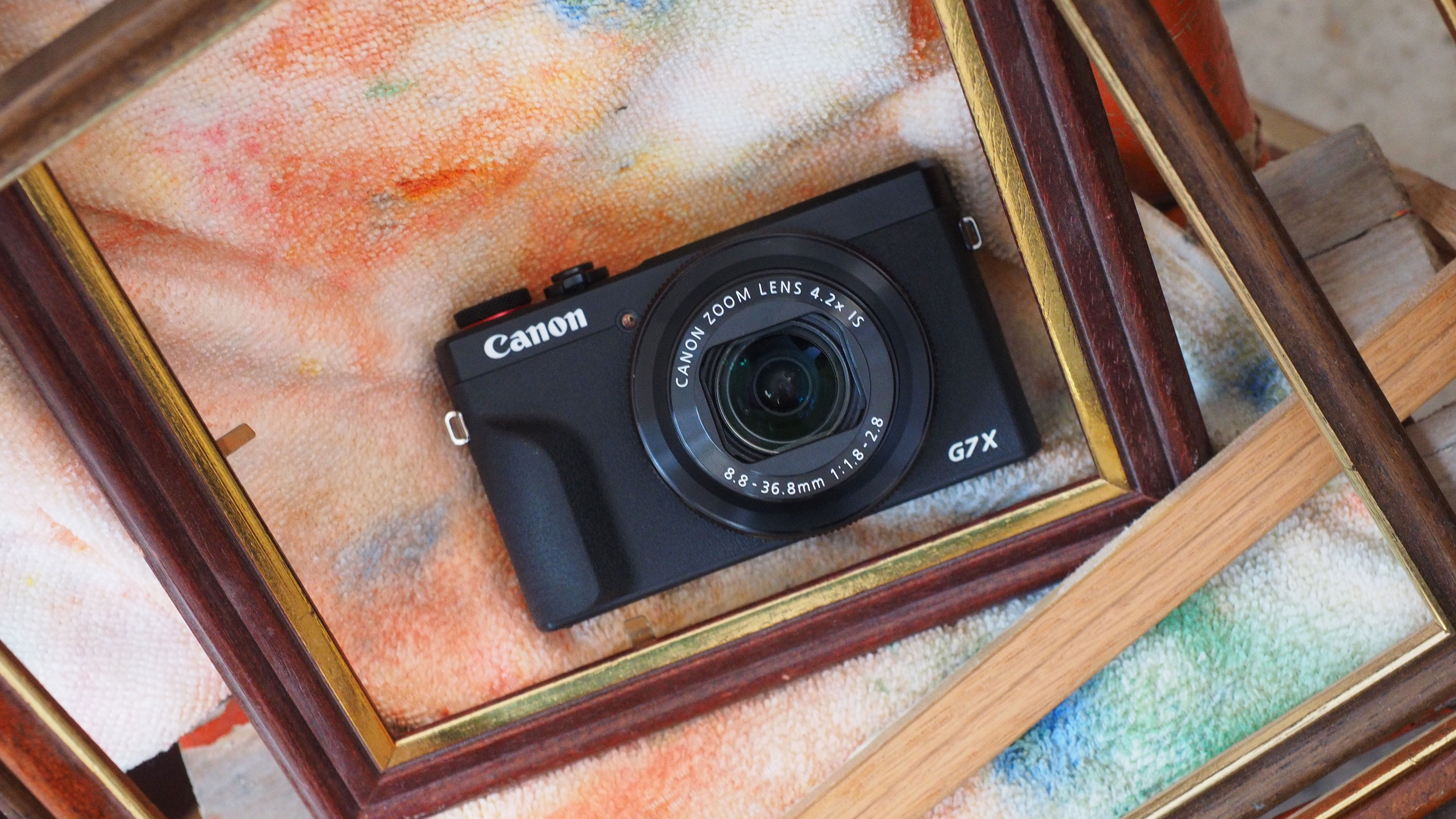The Canon G7X: A compact camera classic that still holds its own a decade later
In a market flooded with high-spec compact cameras, the Canon G7X remains one of the most beloved point-and-shoot cameras

Launched back in 2014, the original Canon G7X isn't a compact camera for spec chasers. It's for people who want to enjoy photography. For those who don't need 10-bit color profiles or 240fps slow-mo, but want to document life without the pressure of professional gear and the fatigue of overcomplicated tech.
Today's camera market is overflowing with high-end compact cameras – models with 50MP stacked sensor, AI autofocus and price tags as high as $5,000. They're technically brilliant, no doubt. But creatively, they are often overwhelming. For many casual shooters, finding a simple, satisfying camera is hard.
That's where the Canon G7X still shines. It offers just enough: strong image quality, a fast, versatile lens, a pocketable form, and minimal distractions. And if you can find the G7X – or its successors, the Mark II and the most recent Mark III – you're lucky.
The PowerShot G7X series
When the original Canon G7X was released, camera phones were improving fast, DSLRs were shrinking into mirrorless systems, and the compact segment was getting squeezed. But Canon made a clever move: it built a camera that felt serious, without being too heavy. More than a decade later, that little G7X – and its successors, the Mark II (2016), and Mark III (2019) – still hold their ground.
The Canon G7X line can be positioned as a direct competitor to Sony's RX100 series. Still, Canon brought its own strengths – a more intuitive interface, pleasing color straight out of the camera and thoughtful usability.
The original Canon G7X features a 20MP 1-inch BSI CMOS sensor, a 24-100mm equivalent f/1.8-2.8 lens, a flip-up touchscreen, a built-in ND filter and manual control dials. The Mark II enhanced performance and usability, but the core experience – that fast lens and 1-inch sensor combo – stayed the same. Lastly, the Mark III targets creators with 4K video, a micropone jack and live-streaming capabilities.
Naturally, the original Canon G7X has its limits. No 4K, no mic input, slower burst rate and autofocus that feels a bit outdated by 2025 standards. But it was – and still is – a solid, thoughtfully designed camera for stills. It produces beautiful, natural images with optical depth.
The best camera deals, reviews, product advice, and unmissable photography news, direct to your inbox!
And then there's the price. The G7X series has created something of a cult following, with second-hand prices often higher than their original retail price. The Mark III, in particular, regularly sells used for more than its original retail price – and the original Canon G7X is getting harder to find every year. Still, these cameras prove that you don't always need the latest specs – just tools that get out of the way and let you create.
You might like...
Browse the best Canon cameras, the best compact cameras, and the best point-and-shoot cameras.

Kim is a photographer, editor and writer with work published internationally. She holds a Master's degree in Photography and Media and was formerly Technique Editor at Digital Photographer, focusing on the art and science of photography. Blending technical expertise with visual insight, Kim explores photography's time-honored yet ever-evolving role in culture. Through her features, tutorials, and gear reviews, she aims to encourage readers to explore the medium more deeply and embrace its full creative potential.
You must confirm your public display name before commenting
Please logout and then login again, you will then be prompted to enter your display name.


